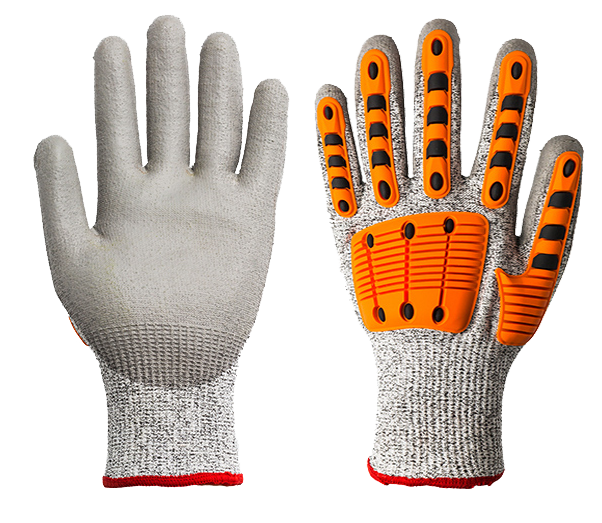Analyzing Advantages and Disadvantages of Nitrile Sandy Work Gloves
Nitrile sandy work gloves have become a popular choice in various industries for their unique features and benefits. These gloves are coated with a sandy finish on the palm and fingers, providing enhanced grip and durability. However, like any product, they come with both advantages and disadvantages.

Advantages:
Excellent Grip: The sandy texture on the palms and fingers significantly improves grip, making nitrile sandy work gloves ideal for tasks that require precision and dexterity. Workers can handle objects securely, even in wet or oily conditions.
Abrasion Resistance: Nitrile is known for its exceptional abrasion resistance. The sandy coating adds an extra layer of protection, making these gloves durable and suitable for tasks involving rough surfaces or materials.
Chemical Resistance: Nitrile is resistant to a wide range of chemicals, providing protection against various substances. The sandy finish enhances this resistance, making these gloves suitable for industries where exposure to chemicals is common.
Comfort and Flexibility: Nitrile sandy work gloves offer a good balance between protection and comfort. The material is flexible, allowing for ease of movement and reducing hand fatigue during extended use.
Versatility: These gloves are versatile and find applications in industries such as construction, automotive, manufacturing, and more. The sandy finish makes them suitable for tasks that require a secure grip without sacrificing comfort.
Disadvantages:
Breathability: Nitrile gloves, including those with a sandy finish, may have limited breathability. In environments with high temperatures, extended use may cause discomfort due to reduced ventilation.
Not Suitable for High-Temperature Tasks: While nitrile offers good heat resistance, it may not be the best choice for tasks involving extremely high temperatures. The sandy coating, in particular, may wear down under intense heat conditions.
Sensitivity: Nitrile sandy gloves may offer less tactile sensitivity compared to some other glove materials. This could be a consideration for tasks requiring a high level of touch sensitivity.
Cost: Nitrile gloves, in general, can be more expensive than some other glove materials. The added sandy finish may contribute to a slightly higher cost, which could impact budget considerations for bulk purchases.
Limited Color Options: Nitrile sandy work gloves may have limited color options compared to other types of gloves. While color might be a minor consideration, some industries prefer specific colors for easy identification.
In conclusion, nitrile sandy work gloves bring a host of advantages, including excellent grip, abrasion resistance, and chemical protection. However, users should be aware of potential disadvantages such as reduced breathability and limited sensitivity. Assessing the specific needs of the task at hand is crucial in determining whether nitrile sandy work gloves are the right choice for a particular application.


